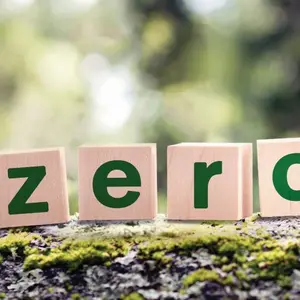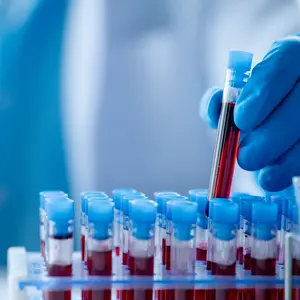

Natural

Natural
How to Pick a Probiotic for Your Kids
Probiotics have been shown to be safe and beneficial for kids (even babies and infants) for immune support, digestive support, and potential relief from infections, allergies, and skin problems. The three types of probiotics are:
1. Lactobacillus and bifidobacterium species
2. Saccharomyces boulardii (fungal probiotic)
3. Soil-based probiotics
The most common and studied probiotics fall into the first category for both children and adults, and both use the same species and strains. The biggest difference between kids probiotics and adult probiotics are the packaging and delivery, with kids probiotics more likely to come in colorful packaging and be in gummy, liquid, or chewable form.
Benefits of Probiotics
Children can benefit from probiotic supplements in a number of ways, as early as infancy. Probiotic foods and supplements generally benefit health by enhancing the total number and variety of good bacteria and fungal species in the gut.
Greater diversity in the microbiome leads to:
- a more robust immune system
- a stronger digestive system (reduced digestive tract permeability/leaky gut)
- reduced risk of autoimmunity
- lower levels of chronic inflammation.
A systematic review of 20 randomized controlled trials showed that infants given probiotics were less colicky and irritable, had less diarrhea, fewer spitting episodes, and fewer respiratory infections.
Probiotics have also been shown to help prevent serious GI illnesses in premature, low-birthweight babies, as well as improving lactose tolerance and symptoms of irritable bowel syndrome (IBS). Probiotics can also reduce the risk of candida overgrowth (a fungus that can result in thrush, facial rash, and diaper rash), as well as the risk of ear, respiratory, and Giardia (parasite) infections.
Kids probiotics have also been shown to help with:
- Acute gastroenteritis (treatment and prevention)
- Diarrhea associated with antibiotic use, c. diifficile, or hospital-related (prevention)
- Infant colic (treatment and prevention)
- Regurgitation (treatment and prevention)
- Ulcerative colitis (treatment)
- H. pylori (treatment)
- Eczema (treatment and prevention)
Mixed research also suggests probiotics could help prevent the formation of allergies in kids. However, there is no conclusive evidence to support the use of probiotics in kids to treat or prevent Crohn’s, asthma, or allergic rhinitis. Probiotics also don’t seem to be helpful in relieving constipation in children.
Probiotic Safety
There is significant high-quality research that shows probiotics are safe for children and infants—even preterm infants. Probiotics are also safe for mothers and infants during pregnancy and breastfeeding.
A 2021 systematic review involving 12,320 infants found that category one probiotics plus prebiotics were associated with lower rates of mortality, necrotizing enterocolitis (NEC), and NEC-related mortality. The National Institutes of Health (NIH) emphasizes that it is unlikely to experience negative effects from probiotic use.
However, for premature infants or children who are very sick or critically ill, consult with a physician before giving a probiotic supplement.
How to Choose a Kids Probiotic
The best probiotics for both children and adults often have a variety of species in every dose and have a potency in the many billions of live cultures. Many probiotics also contain prebiotics (types of fiber that feed the beneficial bacteria), including inulin, chicory, oat fiber, apple or pear pectin, and any word with the suffix “-oligosaccharides.”
It’s important to also look at the non-nutritive ingredients on the label and avoid probiotics with artificial colors, sweeteners, preservatives, and flavors (e.g., a berry-flavored probiotic is best if it includes juice from real berries). If your child has allergies or if there is a family history of allergies or autoimmunity, look for a gluten-free probiotic to avoid introducing any potential irritants.
Dosage for Kids Probiotics
A 2021 comprehensive literature review found the range of doses of lactobacillus and bifidobacterium species successfully used in children and infants was 100 million to 1 trillion (but mostly 100 million to10 billion) colony forming units (CFUs) per day, while the range specifically for infants was 100 million to 20 billion (but mostly less than 10 billion) CFUs/day.
The range of saccharomyces boulardii used successfully in children and infants was 250-750 (but mostly 250-500) mg/day, and there was not enough research on soil-based probiotics for kids to identify a beneficial dose range. It may be best to start with the lowest available dose and/or consult with a practitioner before usage.
Another review of the literature suggests that a probiotic containing roughly 10 billion CFUs per day is a good place to start for kids. As always, talk to your pediatrician before starting something new.
REFERENCES
Ruscio, M. (2021, December 22). How to choose a kids probiotic for your little one. https://drruscio.com/kids-probiotic/


 By
By







